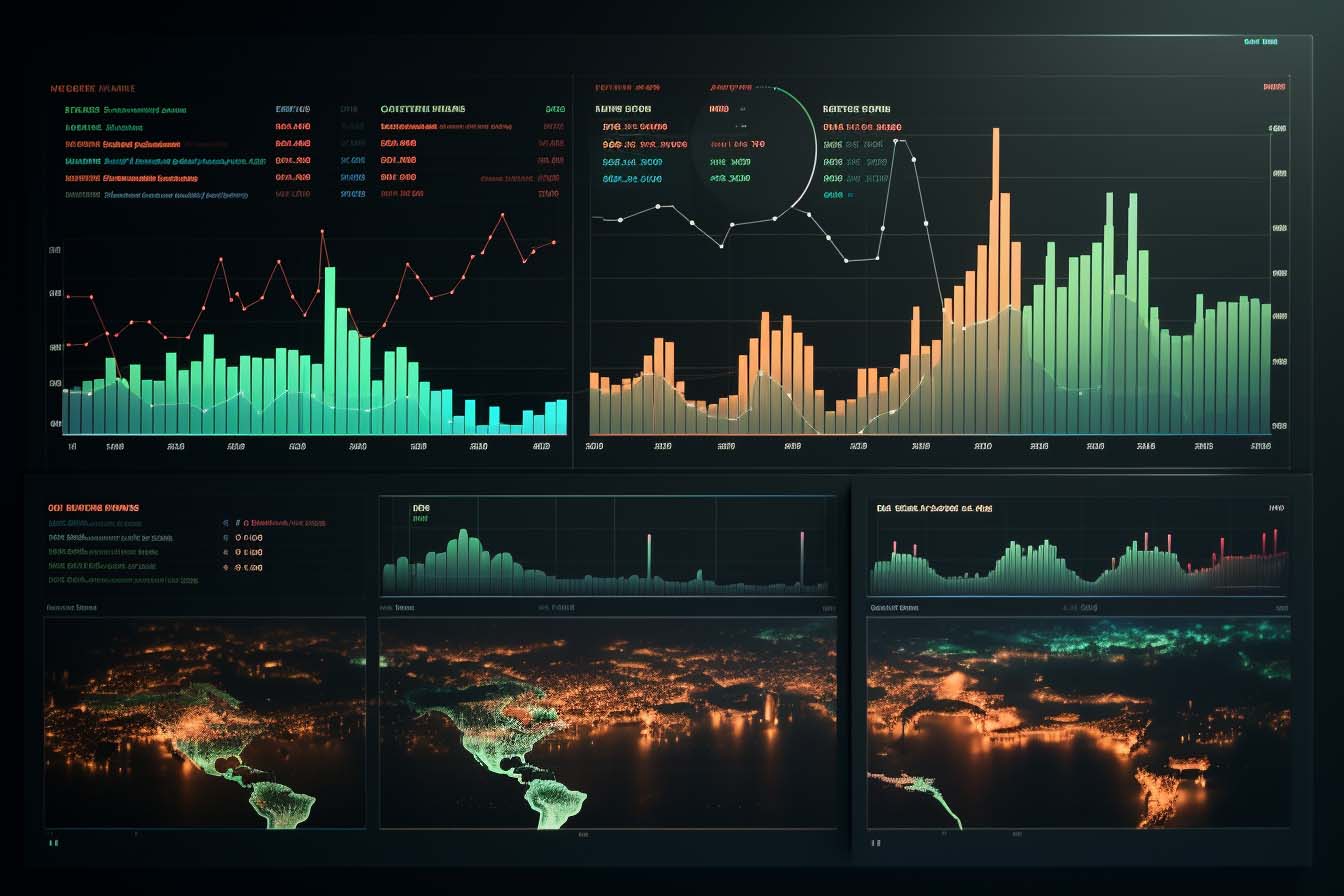Welcome to our article on the top tech innovations in modern security systems! In today’s fast-paced and interconnected world, security is paramount, and technology has played a crucial role in enhancing our safety and protection. From advanced surveillance systems to state-of-the-art access control solutions, security technology has witnessed remarkable advancements in recent years. In this article, we will explore some of the most groundbreaking innovations in the field of security systems, providing you with a glimpse of the cutting-edge technologies that are transforming the way we safeguard our homes, businesses, and communities. So, let’s dive right in and discover the exciting world of modern security technology.
1. Facial Recognition Systems
One of the most significant innovations in modern security systems is the integration of facial recognition technology. Facial recognition systems have evolved leaps and bounds, thanks to advancements in artificial intelligence and deep learning algorithms. These systems can accurately identify individuals by analyzing unique facial features, such as the distance between the eyes, shape of the nose, and contours of the face. By using high-resolution cameras and sophisticated software, facial recognition systems can swiftly compare faces against a database of known individuals, providing instant identification and enhancing security in various applications.
2. Biometric Access Control
Biometric access control systems have revolutionized traditional security measures by utilizing the uniqueness of individuals’ biological traits. These systems employ fingerprints, palm prints, iris patterns, or even DNA to grant access to restricted areas. By eliminating the need for physical keys or access cards, biometric access control systems offer a high level of security and convenience. Only authorized personnel with registered biometric data can gain entry, reducing the risk of unauthorized access and ensuring maximum protection.
3. Wireless Security Systems
Gone are the days of complex and cumbersome wired security systems. Wireless security systems have gained immense popularity due to their flexibility, ease of installation, and scalability. Utilizing Wi-Fi, cellular networks, or other wireless protocols, these systems can seamlessly connect cameras, sensors, and control panels, providing comprehensive security coverage without the need for extensive wiring. Wireless security systems not only offer convenience but also allow for quick and hassle-free expansion or relocation.
4. Artificial Intelligence for Threat Detection
Artificial intelligence (AI) has paved the way for proactive threat detection in modern security systems. By leveraging AI algorithms, security systems can analyze vast amounts of data in real-time and proactively identify potential threats or suspicious activities. For instance, AI-powered video analytics can detect unauthorized intrusions, recognize suspicious behavior patterns, and issue alerts before an incident occurs. The integration of AI in security systems has significantly enhanced response times, enabling security personnel to take prompt action and prevent potential risks.
5. Internet of Things (IoT) Integration
The Internet of Things (IoT) has revolutionized the way we interact with security systems. IoT integration allows different devices and sensors to communicate with each other, creating a interconnected ecosystem that enhances security efficiency. For example, smart locks can be connected to mobile devices, enabling remote control and monitoring of access points. Additionally, IoT-enabled sensors can detect environmental changes, such as temperature or smoke, and send immediate alerts to homeowners or authorities, reducing response times and mitigating risks.
6. Cloud-Based Video Surveillance
Cloud-based video surveillance systems have transformed the way we store, access, and manage surveillance footage. With the ability to store data remotely on secure servers, cloud-based video surveillance eliminates the need for local storage hardware. This not only saves costs but also ensures data security and accessibility from anywhere with an internet connection. Moreover, cloud-based systems offer advanced features such as analytics, remote monitoring, and easy scalability, making them an ideal choice for businesses of all sizes.
In conclusion, the field of modern security systems has seen remarkable innovations in recent years, providing us with advanced tools to protect and secure our surroundings. From facial recognition systems to cloud-based video surveillance, these technologies provide enhanced security, convenience, and peace of mind. As technology continues to advance, we can expect even more groundbreaking innovations in the world of security systems, further strengthening our defenses and safeguarding our lives and assets.







